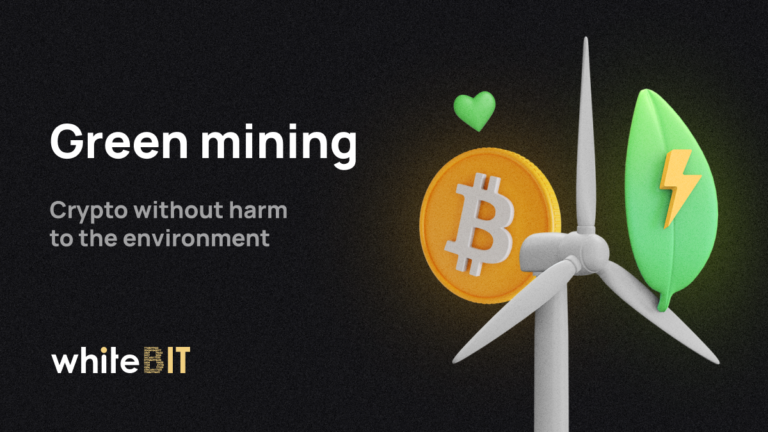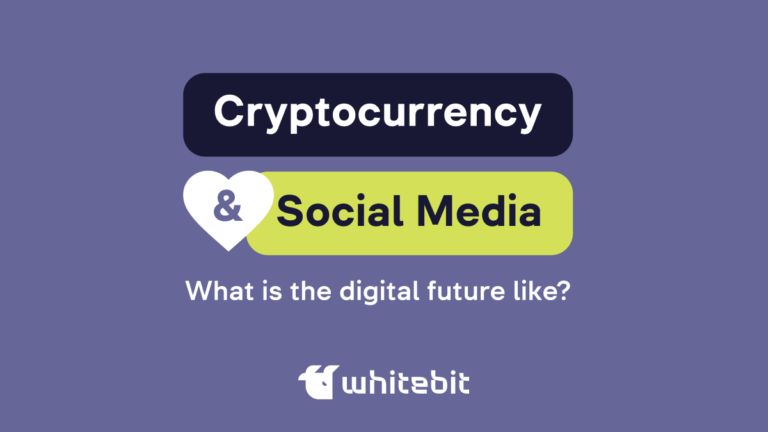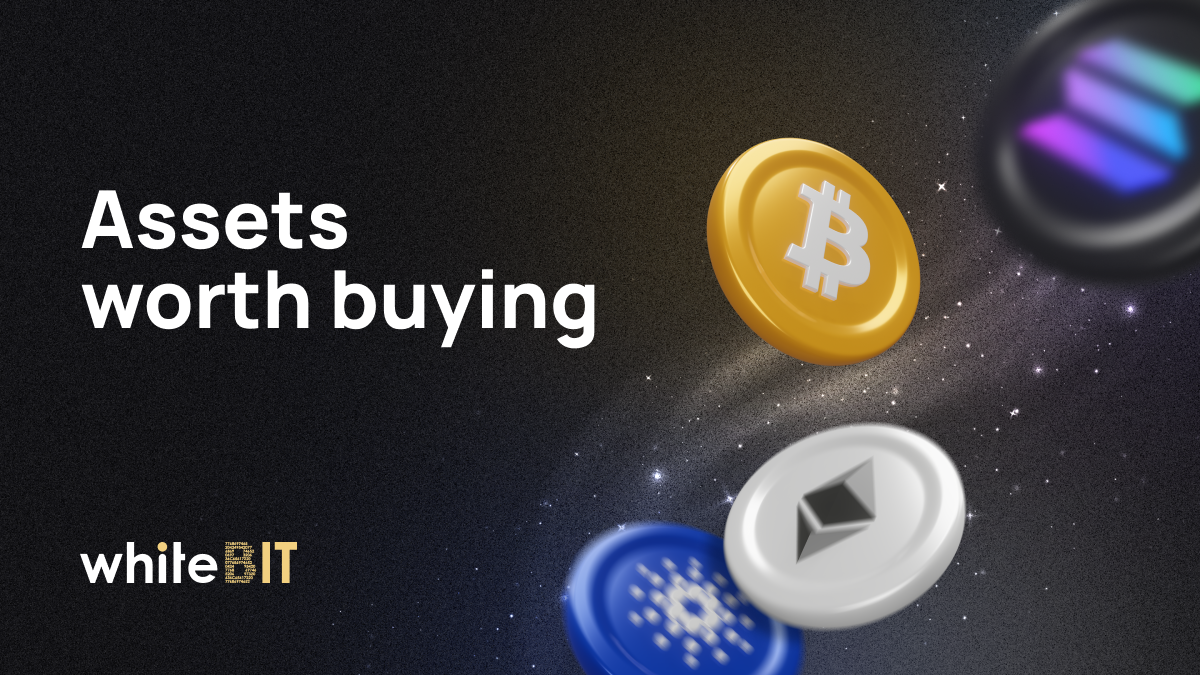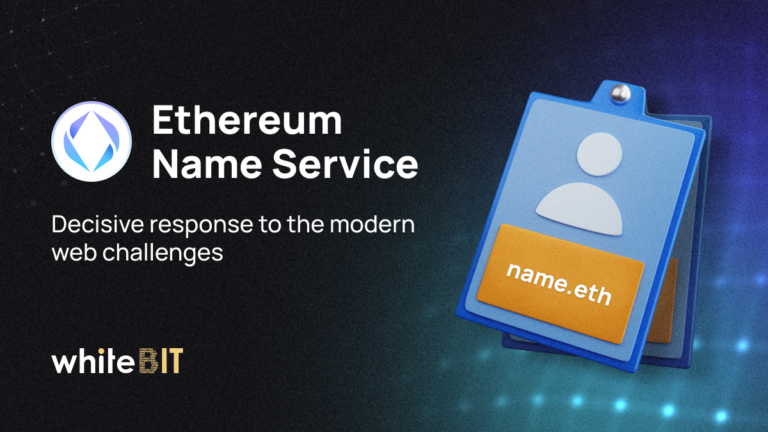NFT: The Fifth Element of the Web 3.0 Era
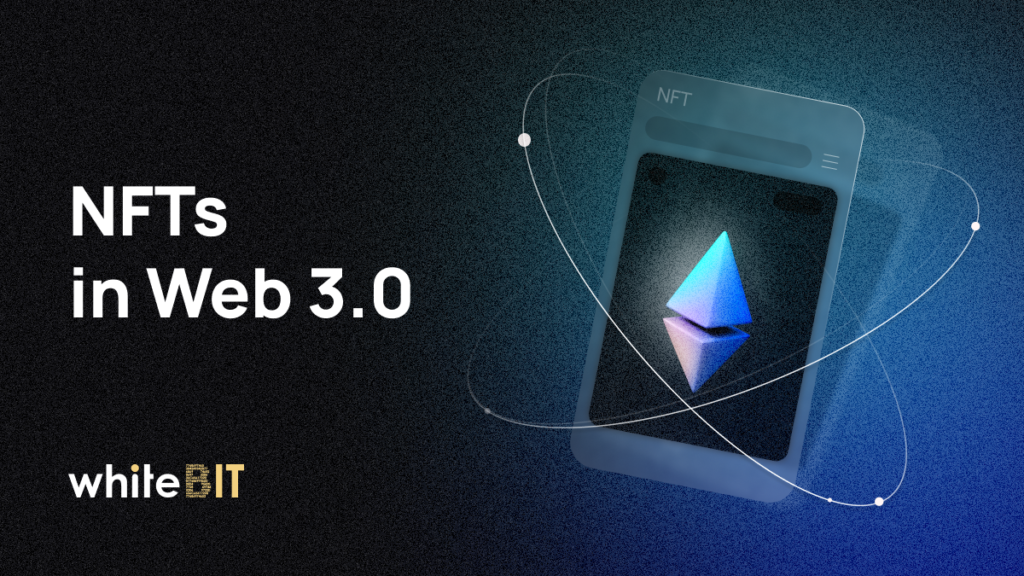
Content
It is impossible to skip mentioning non-interchangeable tokens when talking about blockchain innovations. Although NFT has been around for more than five years, the technology started to create a buzz approximately in 2021. Interest in NFT is only growing, and it is not surprising because non-fungible tokens provide a wide range of opportunities for monetizing art in all its forms. It is worth mentioning that the NFT blooming goes hand in hand with the evolution of the Internet and its transformation into Web 3.0. Let’s talk about the role of unique tokens during the Internet metamorphosis and understand the importance of NFTs for contemporary art and business development.
Trend for NFTs
The uniqueness of art is what every artist strives for. Thanks to the almighty blockchain, any art can be digitized and monetized today. The bridge between the art world and NFT was built in 2021 after Banksy’s work Morons (White) was acquired by Injective Protocol for $95,000. After the picture was burned during live broadcasting, an NFT was created to embody the picture and the performance. This case can be considered the first example of transforming a real work of art into a virtual one.
In February of the same year, the world-famous auction house Christie’s pioneered the sale of NFT, namely the Beeple’s NFT painting Everydays: The First 5,000 Days. Soon after that, the NFT fever covered the world: music albums, cult moments from the cinema, the achievements of famous athletes, and more became possible to immortalize in the blockchain.
The NFT market continues to expand and attract investment. Today, there is already a huge base of digital art collectors whose activities are driven by the demand for and value of NFT. For example, the minimum price of BAYC has already exceeded 75 ETH, and the cost of NFT minting has already reached 0.08 ETH. It means that those who kept NFT up to this value could achieve huge fortunes.
With each new mention, the popularity of NFT gets a new impetus. Currently, fans of non-fungible tokens include not only individual celebrities but also entire companies, both from the Internet era of Web 2.0 and Web 3.0.
Web 2.0 vs. Web 3.0
The evolution of the World Wide Web can be divided into three stages: Web 1.0, Web 2.0, and Web 3.0. It can be assumed that the Internet technologies of the 1990s and 2000s (before the widespread use of social networks) belonged to the era of Web 1.0. This period was dominated by static websites designed to obtain information by reading and without interactive elements.
With the advent of high-speed Internet, sharing media (photos, videos, music) and creating a virtual identity via blogs, chats, and social media pages have become the main topic of the Internet community. New programming methods and languages became needed to build such platforms and sites. The emergence of new needs of the Internet community provoked the beginning of a new era of the Internet Web 2.0. Facebook can be considered the main attribute and achievement of this period. In addition to the undeniable benefits of this and similar social networks, users have faced the risks of losing personal data. The vulnerability of privacy and distrust of giant companies have become the main disturbing factors of Web 2.0 development.
We can assume that most Internet users still live in a world of Web 2.0. However, the transformation of the era is already in full swing, and there is already plenty of evidence for this.
Web 3.0 is based on the blockchain, and it offers improvements to the previous achievements of Internet technologies. The main principles of the new model of the World Wide Web are:
- decentralization – data is not stored on separate servers but shared among users;
- openness – distribution of open-source software;
- democratization – the usefulness of content should be determined by the users themselves (a good example is the principle of community voting of the decentralized autonomous organization DAO).
NFT is an integral attribute of the Web 3.0 world. Just as social networks have become the driving force of the previous era, non-fungible tokens embody the ideas and aspirations of a new era.
Web 3.0 and cryptocurrencies
Classic digital assets, as well as NFT, are part of a new era of technological development. However, in the context of cryptocurrencies such as BTC, one may talk about the dependence of such cryptos on macroeconomic factors that also affect traditional assets (national currencies, securities, etc.). Investors should be prepared that the correlation between the BTC, ETH, Defi, NFTs, and L1/L2 sectors will decrease. It means that macro cryptocurrencies (BTC, ETH, and others) will continue to depend on macroeconomic factors. In contrast, the type of asset, protocol, and speed of its adoption will affect a broader range of cryptocurrencies.
A good example is a release of a popular P2E game, which attracts the attention of users, investors, and, consequently, capital in the gaming sector as a whole. DApps developers create unique Web 3.0 products that stimulate community interest, attract investors, and create high demand.
NFT is a new form of interactive digital asset with revolutionary ownership principles. Their popularity and value do not depend on the price of classic cryptocurrencies. Therefore, the NFT sector can be called almost the main paradigm of Web 3.0.
Perspectives
The main trends related to NFT and the development of Internet technologies are the following:
- the growing popularity of DAO (decentralized autonomous organizations) within existing traditional organizations;
- creation of large-scale NFT-projects within well-known brands;
- mass tokenization;
- an increase in popularity of music NFT and the creation of appropriate platforms for selling and purchasing such products.
Let’s summarize
Web 3.0 is a new stage in developing Internet technologies, which is based on the blockchain. Products created in Web 3.0 are popular with users, companies, and developers, as their main features are openness and decentralization. The protection of property rights, embodied in the idea of NFT, is perhaps the main driving force behind the success of decentralized art and business.
Want to discuss the topic? Join our Telegram chat and share your ideas.





